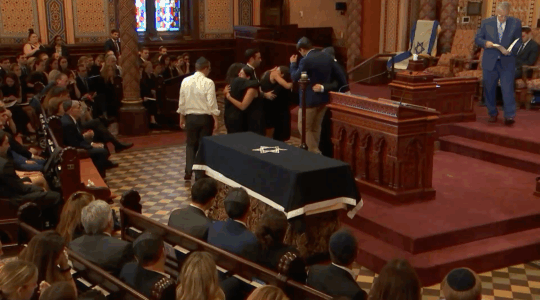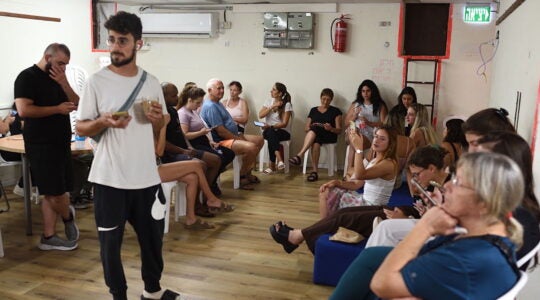(JTA) — A Hebrew University of Jerusalem team has discovered hundreds of fragments belonging to frescoes from the Roman period.
The fragments, found in the Zippori National Park in Israel, contain figurative images, floral patterns and geometric motifs that shed light on Zippori, an important urban center for the Jews of the Galilee during the Roman and Byzantine periods.
This season’s finds, dating to the beginning of the second century C.E., are the first and so far earliest evidence of figurative images in wall paintings at the site. Parallels to these finds are virtually unknown at other Israeli sites of the same period, according to a news release from the Israeli Government Press Office.
Archaeological work conducted in Zippori since 1990 by the Institute of Archaeology at Hebrew University has revealed a well-planned city built around an extensive network of streets, with features that include a Roman temple, bath houses, a theater, two churches and a synagogue. More than 60 mosaics dating from the third to fifth centuries CE have been uncovered to date in Zippori in both public and private buildings.
Also known as Sepphoris, the city was the seat of the Sanhedrin, the council of Jewish sages, in the third century and home of Judah Hanassi, compiler of the Mishnah. The site was also an important Roman and early Christian city.
JTA has documented Jewish history in real-time for over a century. Keep our journalism strong by joining us in supporting independent, award-winning reporting.





